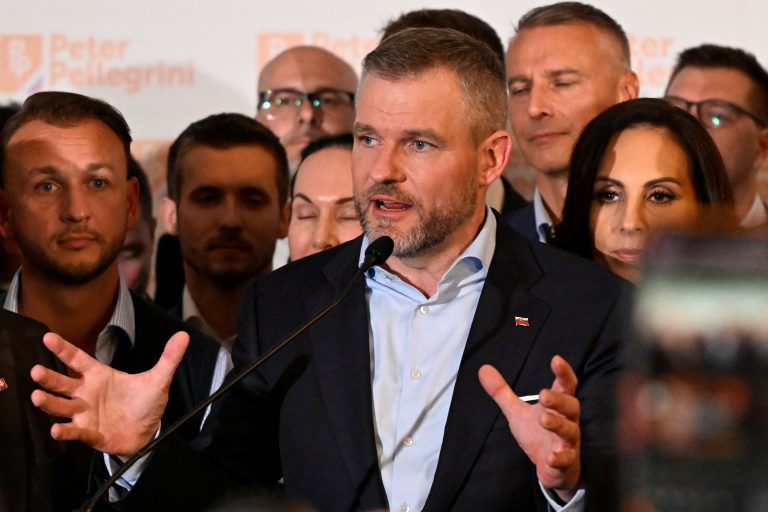Hyundai Motors plans to increase its annual budget for the electrification of its fleet by two-thirds on average, thereby spending a total of $28 billion over the next ten years.
Its investment of $28 billion in electrification is part of an $84-billion budget Hyundai plans to spend through 2032.
Moreover, the South Korean automaker wants to eliminate much of its ailing manufacturing facilities in China as part of an overall restructuring plan and strategy to boost its market share in electric vehicles (EVs), particularly in the U.S.
At the annual investors’ day of the world’s number three car sales together with affiliate Kia, the automobile company announced it would increase its sales target of EVs from 1.87 million to 2 million, or a share from 8 percent to some 33 percent of all future car sales by 2030.
READ MORE:
- Hyundai Breaks Ground on $5.5 Billion EV Plant in Georgia, Boasts Production Capacity
- South Korea’s Biggest Companies Are Overstocked With Unsellable Inventory
- US Strengthens Ties With South Korea and Taiwan, Restructures Supply Chains Away From China
Success
You are now signed up for our newsletter
Success
Check your email to complete sign up
“With global EV demand growing faster than market forecasts, Hyundai Motor is raising its 2030 sales target,” it said in a statement.
To meet this goal, Hyundai is expanding its production and focusing on its three principal markets, the U.S., Europe, and South Korea, taking advantage of the numerous subsidy schemes many countries have in place to encourage electric car sales.
If all goes according to plan, the share of electric cars currently stands at 0.7 percent of Hyundai’s total fleet for the U.S. market — its largest market — will grow to 75 percent by 2030.
The automaker would consider making its vehicles more readily compatible with the charging standard Tesla is enforcing in North America, CEO Jaehoon Chang said.
Pulling out of China
Another drastic intervention the management foresees in dumping several manufacturing plants in China that are not sufficiently cost-effective.
Hyundai sold one China plant in 2021 and plans to sell two more, including one that shut down last year and another that intends to close this year. The remaining two plants will be further rationalized for exports to emerging markets.
According to Chang, China was a profitable outlet before 2016 for the Koreans, but they have primarily had to pull out in favor of Chinese domestic competitors.
Hence, Hyundai has reduced its car range for the Chinese market from 13 models to eight, focusing on the high-end luxury car segment, including those of the prestigious Genius brand that also comes from the Hyundai stable.
Battery performance
It also allocates $7.4 billion over the next 10 years to transition to cost-saving batteries.
“Joint research and equity investment in startups to accelerate the development of next-generation batteries is also underway,” the company said.
One of these is the more cost-effective lithium iron phosphate (LFP) battery that will be introduced around 2025 as a cheaper alternative to currently used lithium-ion batteries. Hyundai’s major rival Toyota also announced a plan to start using LFP batteries in mid-June.
Hyundai also plans to strengthen cooperation and enter into joint ventures with startups and various battery manufacturers to ensure a stable supply. More than 70 percent of battery production should be outsourced by 2028.
All these measures should lead the company to achieve a profit margin of at least 10 percent in the EV market by 2030.
Reuters contributed to this article.

















